The consumers’ intent to spend money online has increased by 40% since the Covid-19 outbreak. The sharpest manifestation of this increment is seen among people aged between 25 and 44. What is more important is that 59% of the customers care more about customer experience after the pandemic than they did before. Hence, this is high time for any business to pull every possible string to create a simple, flexible, engaging, and personalized online experience for their customers. And customer analytics is the key to achieving this.
The concepts as well as the technologies around customer analysis which contribute to both customer experience and customer service have undergone a fair number of changes through the entirety of the last decade. As your business moves forward in 2021, the following trends are likely to influence your business processes.
Implementation of advanced causal inference
Behavioral analysis to understand and eventually predict customer tendencies has been on the scene for a while now. What is likely to be used more vigorously to augment behavioral analysis in 2021 is causal inference. It is a way of determining the most likely reasons behind certain behavior. A case in point could illustrate this further.
Let us suppose, data shows that people who write online reviews make more online purchases than those who do not write reviews. This is a correlation. There can be multiple factors working behind that correlation. The goal of causal inference is to identify those factors. In the case under consideration, maybe the customers who are loyal to a brand write reviews and also purchase the products. So, it would make more sense to invest in growing brand loyalty than encouraging customers to write more reviews.
Adoption of advanced customer personalization methods
According to a study conducted in 2013, 74% of customers reported that they get irritated and frustrated when exposed to promotional content and ads that have nothing to do with their interests. This is probably one of those things that have not changed in the last 8 years. Customers are still annoyed by irrelevant promotions. However, technological enhancement has left businesses with hardly any excuses for not personalizing their content for customers.
Think about the personalization profiles that Netflix rolled out. It allows each user in the same family to create their individual profiles so that the recommendations are tailored for each of them. Customers demand this sort of convenience around an e-commerce facility too. However, it is equally important to make sure that the personalization efforts are friendly and non-invasive. It is not hard today to create real-time profiles for each customer – a business can use previous searches of customers to retarget them with relevant offers. This leads us to the next trend.
Real-time analytics
39% of marketers say their data collection efforts are not frequent enough and 26% of organizations do not apply real-time data analysis to enhance customer experience. This is a front where businesses must lean towards automation. While it might seem quite impossible for knowledge workers to form accurate correlations between hundreds of thousands of products and millions of customers, artificial intelligence, powered with natural language processing, and image recognition can do it in real time. The recommendation engine used by Amazon is a perfect instance of this.
With an increasing number of companies providing customer analysis as a service, it has become easier for small and midsize enterprises to integrate real-time analytics and move ahead with speed in terms of customer personalization.
Using machine learning for customer segmentation analysis
There is no ‘one-size-fits-all when it comes to customer personalization. There is an acute need for tailoring every touchpoint for a certain customer group which necessitates the strategic segmentation of your consumer base.
Machine learning can be used to analyze a large pile of data and classify the data according to features. Several subtle tuning and tweaking are required to get the best results out of an algorithm like setting the right features and optimizing the hyperparameter. This way, a business can form a well-structured view of its consumers while also saving time.
Tapping into the dark data
95% of the data owned by a business remains unused. This is often referred to as dark data. This consists mostly of unstructured information like textual and visual data. Deep learning, an advanced form of machine learning that uses layers of artificial neural networks to identify and classify unstructured data, is used to bring dark data within the purview.
Using deep learning for customer analytics is an incredibly powerful proposition and it is something that is likely to become the key to surviving the competition.
Also Read: How machine learning boosts customer analytics for faster results












